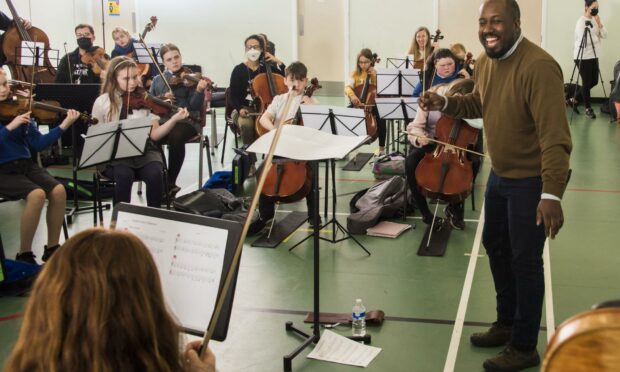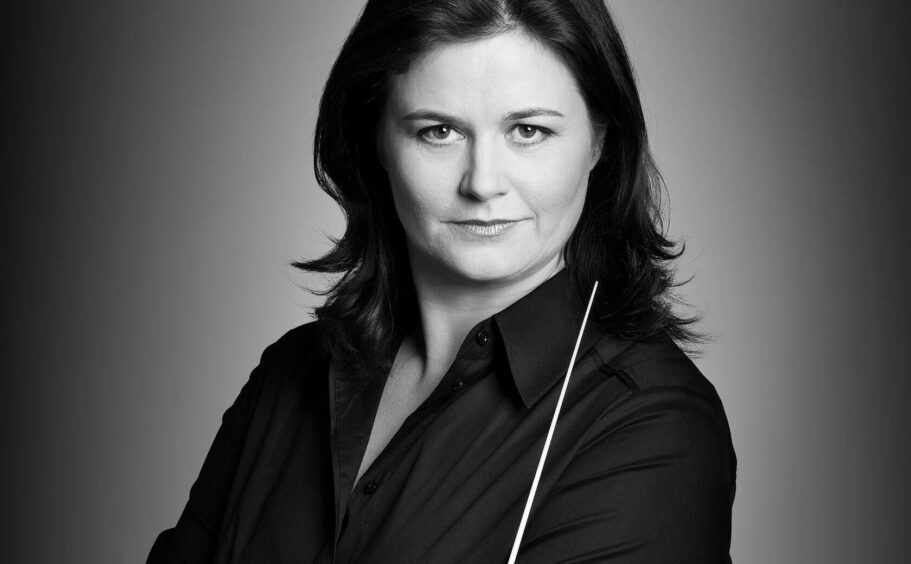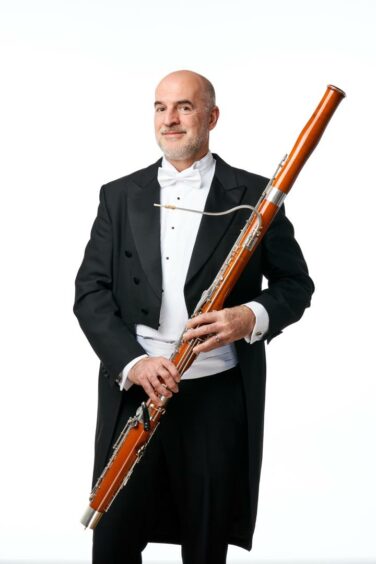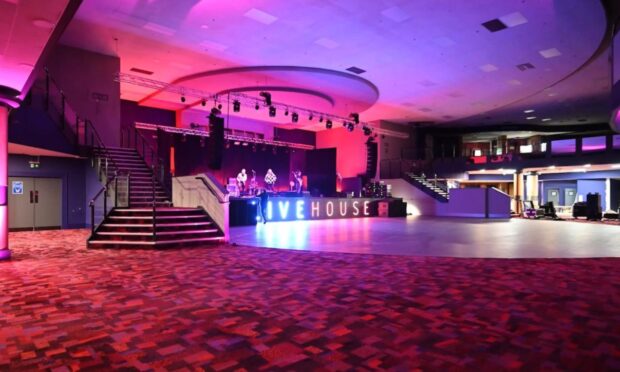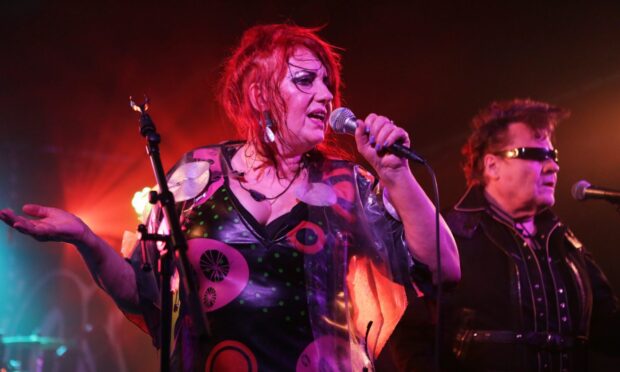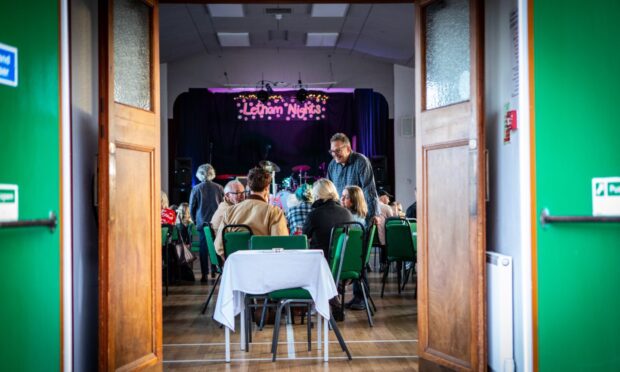Thursday’s Dundee concert by the RSNO contained several unusual features that made for particular enjoyment.
Firstly, the conductor was a late replacement who quickly showed her command of some quite unusual works.
Anna-Maria Helsing, from Finland, has been gaining a high reputation in recent years. With her elegant baton technique and easy control of the orchestra it was easy to see why.
The evening began with a special treat not available on Wednesday in Glasgow. The Dundee branch of the Big Noise has been developing in Craigie for two years.
Here the stage was filled with young players mingling with the professionals for the opening item.
The RSNO can rarely play music by Purcell or his contemporaries.
The melody of the Rondeau from his Abdelazer suite may well be familiar as it was used by Britten in his Young Person’s Guide to the Orchestra.
This was a highly appropriate work for such an occasion, and the enjoyment of all the players was obvious.
A first time for Dundee?
The first three items in the main programme were also very unusual and may well have been heard in Dundee for the first time.
Fanny Hensel is better known, if she is known at all, under her maiden name. She was Felix Mendelssohn’s elder sister and reckoned to be just as talented.
Most of her compositions were small-scale – piano solos and songs. It was therefore very useful to hear in control of an orchestra.
Her Overture in C Major proved to be a charming piece, with several enjoyable melodies.
The bassoon as a solo instrument
Even better, it was nicely orchestrated, with some lovely woodwind writing.
Perhaps most noticeable was the fact that at no time could it have been mistaken for her brother’s work. A piece well worth exploring.
The bassoon is hardly ever heard as a solo instrument. The concerto by Mozart turns up occasionally, and perhaps works by Vivaldi and Weber.
A lovely display piece by the latter was delivered by the orchestra’s principal bassoonist, David Hubbard.
Weber’s Andante and Hungarian Rondo is great fun, beginning with a pleasant melody and climaxing in the rondo with delightful fireworks as the player runs from the top of his range to the bottom and back again – exhilarating stuff.
A rarity in any form
There was a second, even shorter, work for the bassoonist. The brief orchestral flourish that opened it declared immediately that it could only be by Elgar.
His Romance for bassoon is a great rarity in any form, and even on record has sometimes been nicked by cellists – and who can blame them? Here David Hubbard revealed his beautiful long-breathed legato phrasing.
The final work gave the orchestra full play. Tchaikovsky’s Fifth Symphony is one of the most popular works in the repertory but has not been played here for many years.
Ms Helsing’s interpretation was full of variety, with wonderfully dramatic attack contrasting with the lyrical episodes.
The final coda was beautifully paced. There were also lovely solo flourishes from the orchestra, notably the horn.
